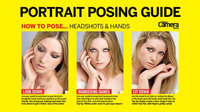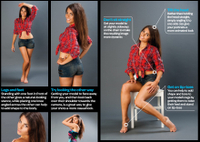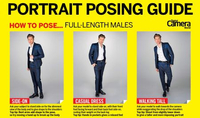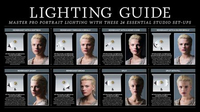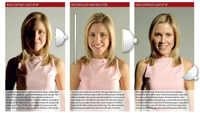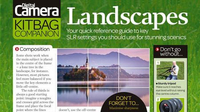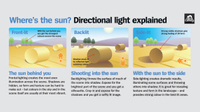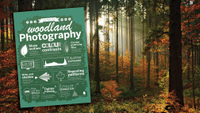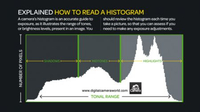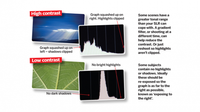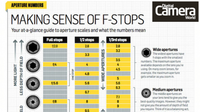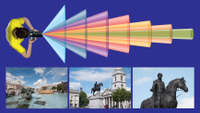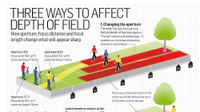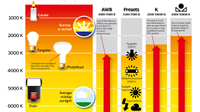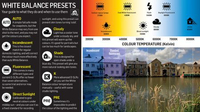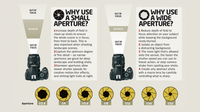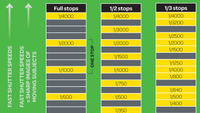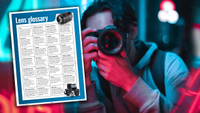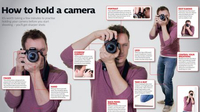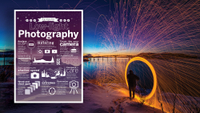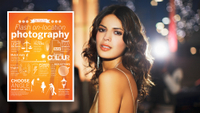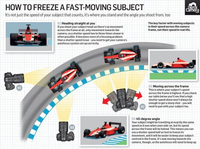Photography cheat sheets: camera reference guides for visual learners!
Learn pro techniques for portraits, poses, lighting, landscapes and more with our one-stop photography cheat sheets
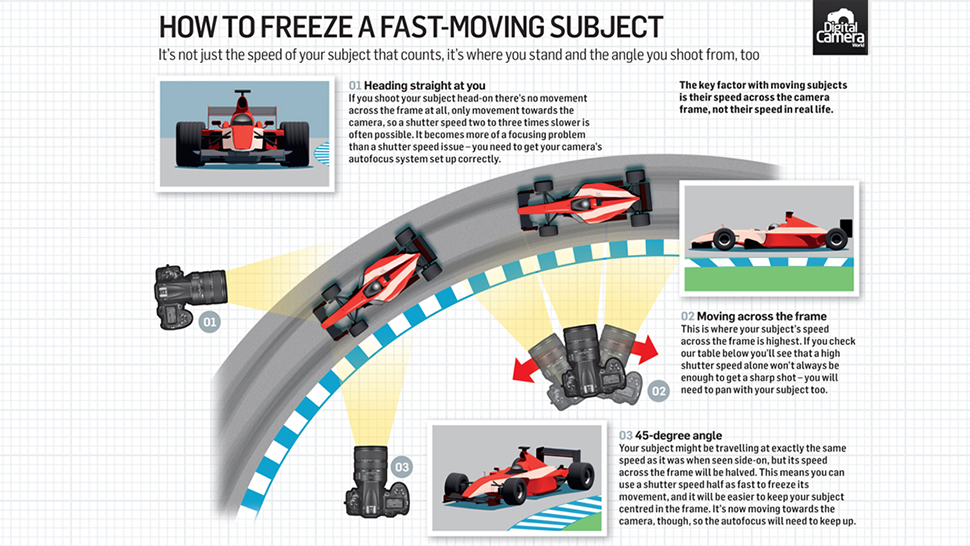
If you're stuck at home and looking for something to do, we've got just the thing! Our ultimate cheat sheet collection has nuggets of photographic know-how for all user levels and all kinds of photographic interests – and we've even organized them into categories to make them easier to browse!
Using photography cheat sheets is a fantastic way to take your photography to the next level. Packed with pro techniques for taking better photos, a good photography cheat sheet will save you time and make sure you’re using your camera to its full potential too.
But these bite-sized guides aren't just handy resources when you’re starting out. Even seasoned photographers need a little inspiration every now and again.
That’s why we’ve gathered together this essential collection of photography cheat sheets. Whether you’re looking for posing, portrait, landscape or lighting tips, you’ll find all the expert insight here that you need to become a better photographer.
And we’ll be updating this article regularly with new photography tips and tricks – so don't forget to bookmark it for next time you need a little inspiration.
Photography cheat sheets: posing
Headshot posing guide
When it comes to head and hands shots, even the most experienced models can sometimes struggle to strike the right pose. Here are nine expert ideas for the perfect shot.
Portrait posing guide
No matter what lighting or camera techniques you use, without the right pose you’ll struggle to shoot successful portraits. This sheet shows you how to pose a model for great results.
Male model posing guide
Posing male models for natural-looking, full-length shots can be challenging. If you're stuck for inspiration, use these nine pro ideas next time you're posing a male model for a photoshoot.
Photography cheat sheets: lighting
Pro portrait lighting setups
From classic Rembrandt styles to more modern alternatives, this cheat sheet shows you 24 dramatically different lighting setups and the effect they have on your subject.
With just a couple of lights and some basic accessories, you can achieve a range of looks. This cheat sheet explains how.
Photography cheat sheets: landscapes
How to take the perfect landscape shot
When shooting landscapes, you typically want the resulting image to appear as accurately coloured, appropriately exposed and as detailed as possible. This cheat sheet shows you how.
Directional lighting explained
How does the position of the sun affect the details in your scene? This cheat sheet explains back, front and side lighting.
Woodland photography explained
Capture your best-ever shots of woodland and forest landscapes – using our infographic to help your compositions and camera settings
Photography cheat sheets: camera features
How to read a histogram
A camera's histogram is a graphical representation of the tonal range in your image. Not sure how to make it work for you? This expert photography cheat sheet makes it easy.
How to understand histogram shapes
Histograms show the spread of tonal information in a scene. They're a great tool to help you ensure your image ends up with the best exposure – and here are four common shapes to spot.
How to understand f-stops
Even if you've never changed the f-stop on your lens or through your camera, you've probably noticed this setting at some point. Click above to understand f-stops.
Focal lengths explained
The relationship between focal length and angle of view is one of the most fundamental things anyone starting out in photography needs to get their head around. Find out more.
Three factors that affect depth of field
Depth of field explained. How aperture, focus distance and focal length change what will appear sharp in a photograph
Color temperature & the Kelvin scale
Get perfect color rendition from your camera in different lighting conditions by understanding the Kelvin color temperature scale and mastering manual white balance.
How to understand white balance presets
White balance is a setting you can leave your camera to figure out on its own, but it pays to understand the options you have at your disposal. Here's what you need to know.
Wide vs narrow aperture
Aperture determines how much light can pass through a lens at a given shutter speed. This photography cheat sheet explains when to go wide and when to go narrow.
Which shutter speed should you be using?
The right shutter speed will help freeze subjects in motion to make sure they're sharp, or blur them sufficiently for creative effect. Here's what you need to know.
How to understand shutter speed stops
What does it mean when we talk about one stop, or two stops, of shutter speed? This handy cheat sheet explains all.
At-a-glance guide to metering modes
Your camera's metering system is responsible for analysing the scene and judging what settings would capture it best. Get your exposure spot on every time with this photography cheat sheet.
Devices that work with your in-camera Wi-Fi
Once a ‘nice to have’ option, Wi-Fi is now becoming a standard feature of cameras. This guide walks you though a number of different devices that a Wi-Fi enabled camera can work with.
Lens glossary
Here's a neat glossary to help you remember what all the technical terms mean when it comes to choosing settings or buying a new lens
Shutter angles vs shutter speeds
If you are a photographer shooting video, sooner or later you'll come up against shutter angles instead of shutter speeds!
What are circles of confusion?
The science of circles and depth of field: what’s really going on when parts of your scene aren’t quite in focus
Photography cheat sheets: techniques
How to hold your camera properly
Holding your camera the right way is vital for comfortable shooting and sharp images. Here's how to do it right.
Low-light photography
Master the challenges of capturing darker scenes and get high-quality, creative imagery – using our infographic to help with the camera settings and creative decisions.
How to use flash on location
Learn to control lighting in many settings and master the art of using off-camera flashes and strobes – save our infographic to help.
Depth-of-field decisions
Depth of field can be a tricky thing to master. Here are four typical subjects plus advice on how to get depth of field spot on.
How to freeze a fast-moving subject
Ever needed to freeze a fast-moving subject? Whether it's a bird in flight, a vehicle moving at high speed or someone playing sports, these expert techniques will help you nail the shot.
Get the Digital Camera World Newsletter
The best camera deals, reviews, product advice, and unmissable photography news, direct to your inbox!
The sister print publication to this website, Digital Camera Magazine is Britain's best-selling photography publication – and it can also be purchased outside the United Kingdom as Digital Camera World.
Digital Camera Magazine is packed with more expert advice and more inspirational images than any other title, with the sole aim of helping you become a better photographer. Every issue we also bring you a selection of great gifts which are designed to help you get more from your photography – everything from tips cards and cheat sheets to free software and bookazines.
In addition to inspirational images, interviews, projects, mini tests and tutorials, each issue is packed with news, reviews and comparisons, as well as photographer vs photographer shootouts and head-to-head challenges using the best photo editing software.
The magazine is captained by Editor Niall Hampton.
